"Sometimes the best opportunities come from others seeing your goals and potential and then helping you by opening doors for you. You must work hard to be ready to walk through those doors and seize those opportunities when they present themselves."
Meet Cliff Weems, Orion human systems integrator and test engineer. Cliff currently serves on the Lockheed Martin Human Systems Integration (HSI) team for the Human in the Loop (HITL) testing for the upcoming Artemis II mission. Cliff is embedded within the NASA Human Engineering (HE) team and acts as a Lockheed Martin representative for the development and execution of the HITL tests with Flight Operations Directorate (FOD) and NASA Crew Office representatives.
Artemis II is planning to launch as early as November 2024, so we caught up with Cliff to learn more about his career journey and the human spaceflight program.

How did you get involved with the human spaceflight program?
When I was a kid, I took trips to the Space and Rocket Center in Huntsville, Alabama. That’s when I knew I wanted to be a part of Human Spaceflight, but it took a while to get there.
Years later I completed my engineering prerequisites at the Northeast Mississippi Community and enrolled in the Electrical Engineering program at Mississippi State University. I was then hired as a co-op at Chevron as an instrumentation, controls, and electrical designs engineer. After three terms of the co-op, I received a full-time job offer from Chevron. After graduating Magna Cum Laude from Mississippi State University, I started my full-time job in 2015 and worked there for 5 years before moving to the United Launch Alliance (ULA) in 2020.
When I first moved to the aerospace industry I did not initially work in human spaceflight, but my passion for it led me to connect with some former graduates of the University of Colorado, Boulder (CU Boulder) Bioastronautics program.
After joining the Colorado University Boulder Bioastronautics program, I heard about a class called Medicine in Space and Surface Environments which included becoming Wilderness First Aid certified (using NOLS course materials) by CU Anschutz (medical school), a High Power “L” code rocket launch project, and a week-long field portion, a simulated Mars mission at the Mars Desert Research Station (MDRS) in Hanksville, Utah
As a long-time, self-proclaimed space geek, when I heard that applications were open for the class, I applied right away. I got selected and attended the class and the MDRS mission in the 2023 spring semester. During the field portion of the class, the class of 21 students and 8 instructors lived and worked in a simulated Mars environment, including simulated medical emergencies, triage, and treatments. Playing astronaut for a week was a lot of fun, but it again emphasized to me the real challenges of exploration class space missions and how critical teamwork is in extreme environments.
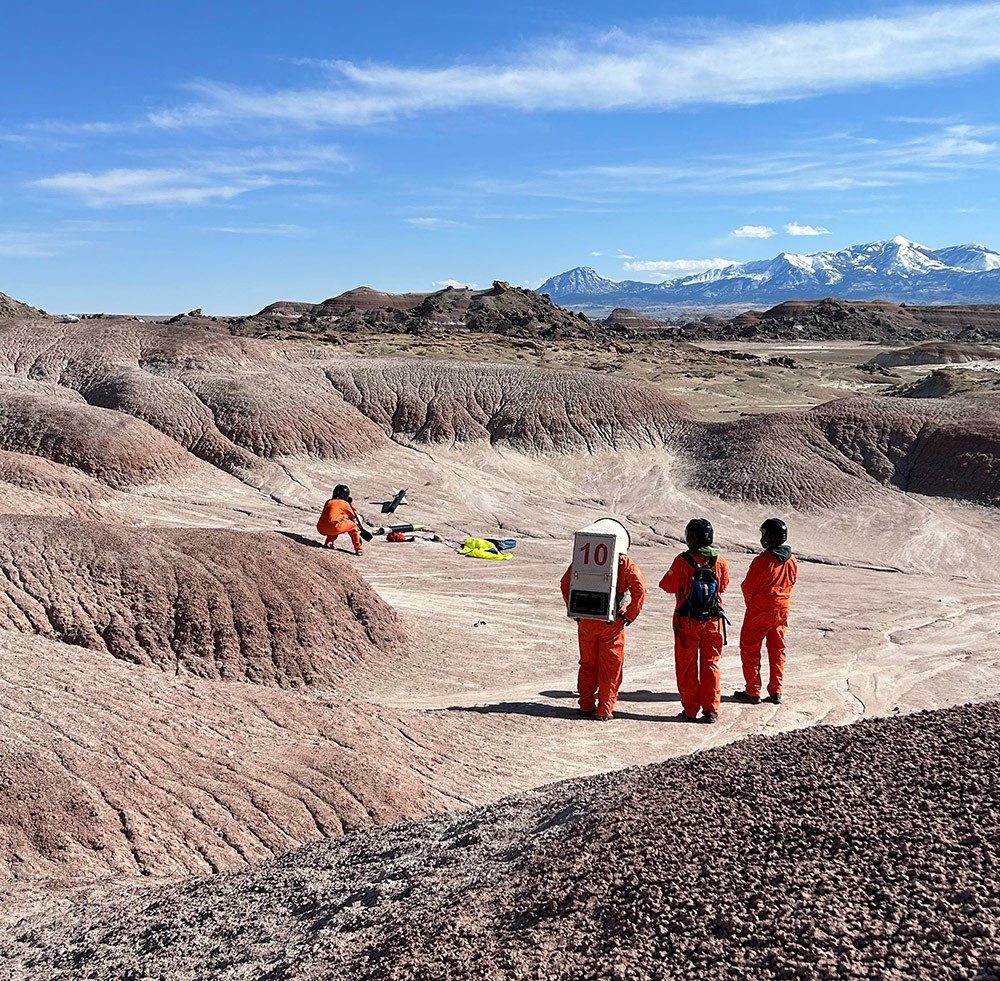
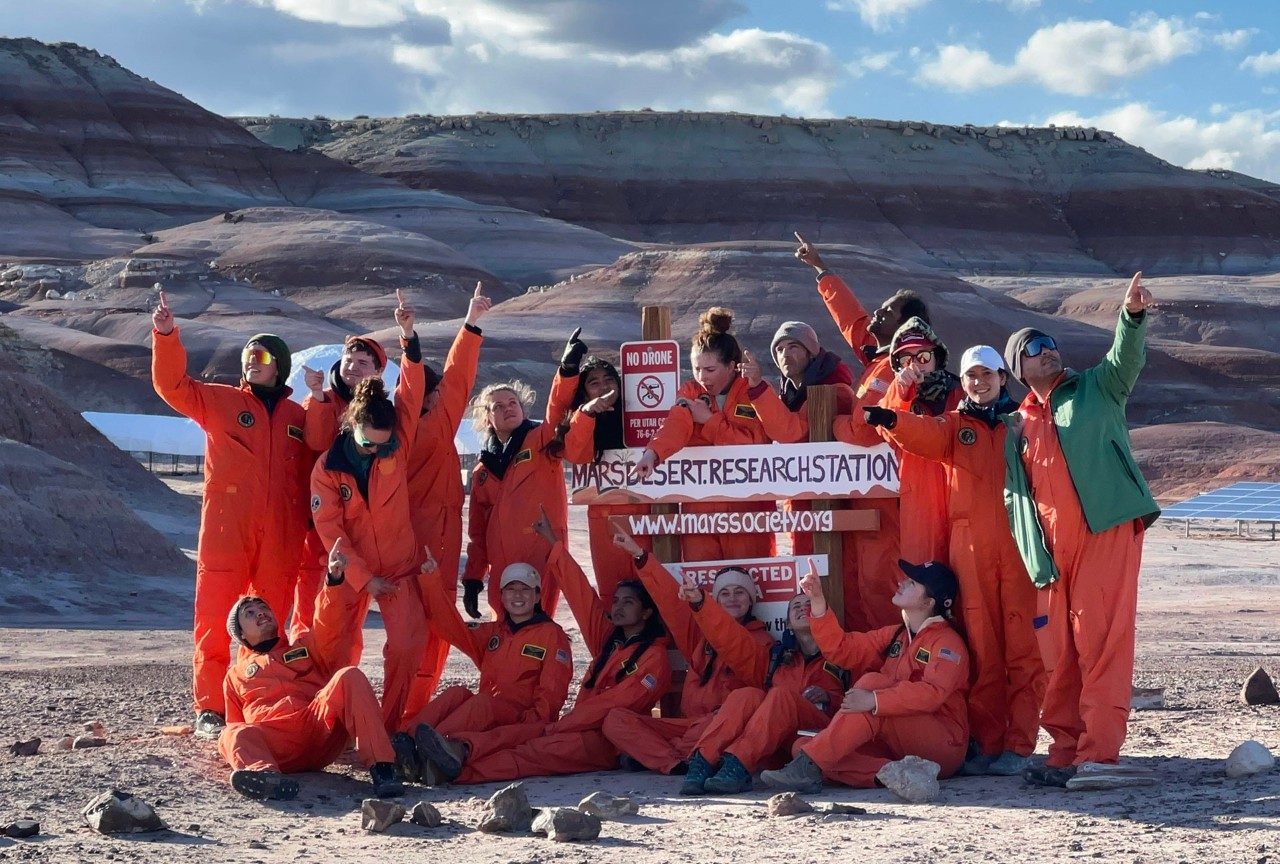
I was already looking to complete a master’s degree in engineering, but when I found bioastronautics, I knew it was a perfect fit for me and enrolled right away. Through a connection with a former CU Boulder graduate student who was working on the Orion program, I found out about an open role that sounded like a dream job: Orion Cockpit Master Systems Integrator. I applied, and to my surprise, I got an interview and offer very quickly. In that role, I supported the Cockpit team and learned all about the Orion displays and controls, how the software was built, and what the plan was for HITL testing. As the ‘master’ integrator, I made connections throughout the Orion program, seamlessly across the integrated Lockheed Martin and NASA teams.
Given my master’s studies, including a specific class named “Human Operation of Aerospace Vehicles,” I took a particular interest in the work that the Lockheed Martin HSI and NASA HE joint team were doing. After about a year of supporting the Cockpit team, I was offered the opportunity to join the HITL effort in my current role.
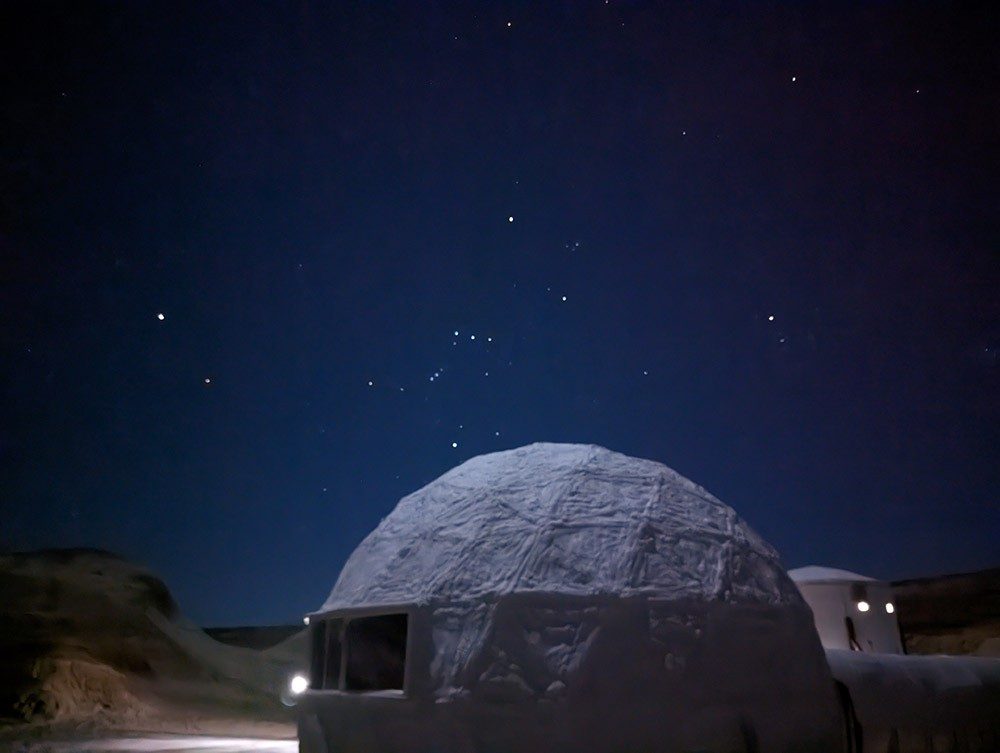
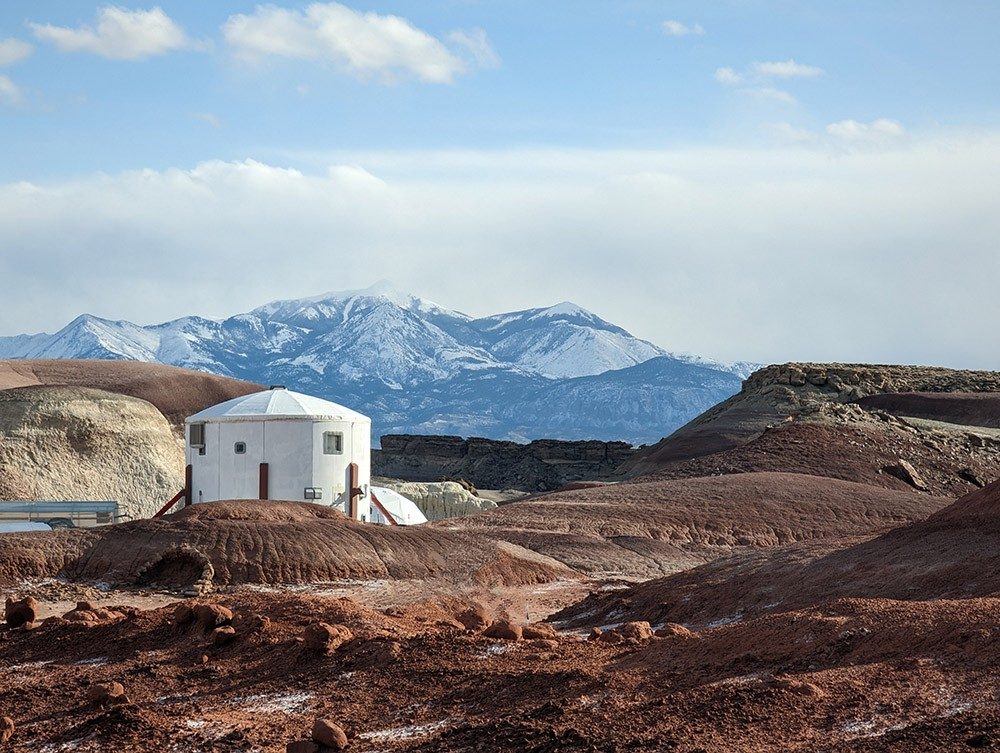
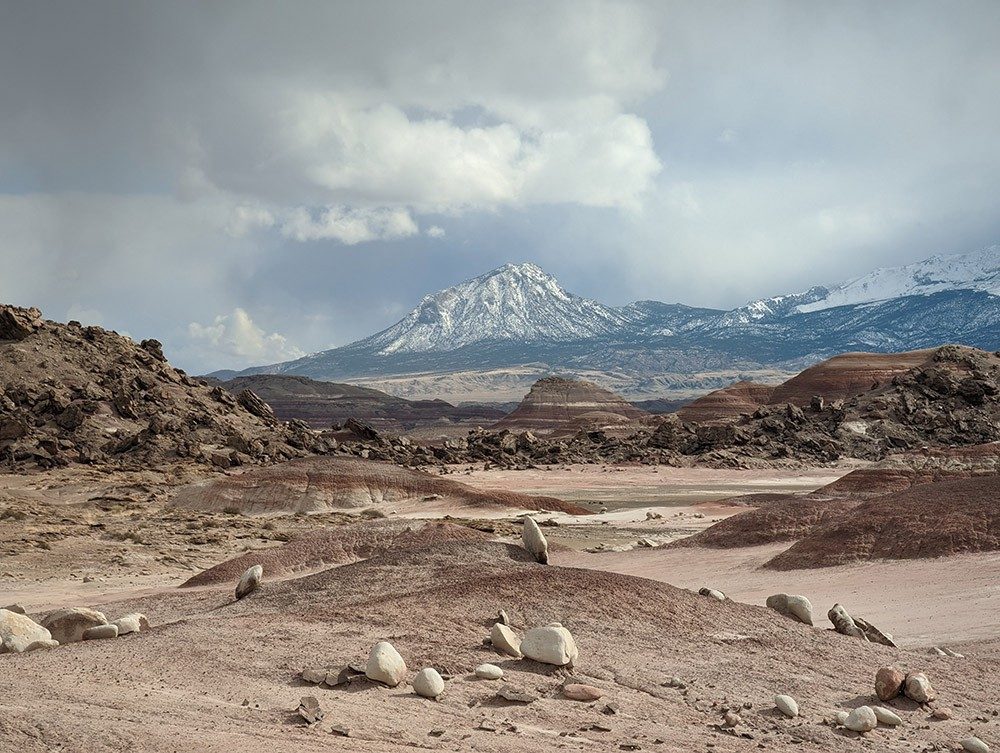
How has Lockheed Martin made your career goals obtainable?
When I joined Lockheed Martin, my career goals really blasted off, pun intended! But in all seriousness, a few months after joining the company, I was featured by Lockheed Martin, talking about my passions, and my goals. I was quoted as saying, “I always dreamed of working on products like Artemis and Orion but never thought it was possible. Lockheed Martin has provided me with an incredible opportunity that aligns with my hopes and aspirations.” That quote captures it perfectly. Not only am I being able to take advantage of Lockheed Martin’s tuition assistance program to get my master’s degree in a human spaceflight-focused curriculum, but I get to work with people at the company who have helped me get involved directly in the first mission to carry humans to the moon in over 50 years, truly a dream come true!
What's the coolest aspect of your job?
There are two cool aspects of my job, the first is working with astronauts of course! But second, is seeing the amount of pure passion and dedication that all the people that I work with on Orion have for our mission. It may sound silly, but to be able to completely geek out over space stuff (because everyone else is too) and not be thought of as weird is the greatest feeling. The beautiful diversity in the program, people coming from vastly diverse backgrounds with different stories, and yet sharing this common passion for human spaceflight is truly amazing to be a part of.
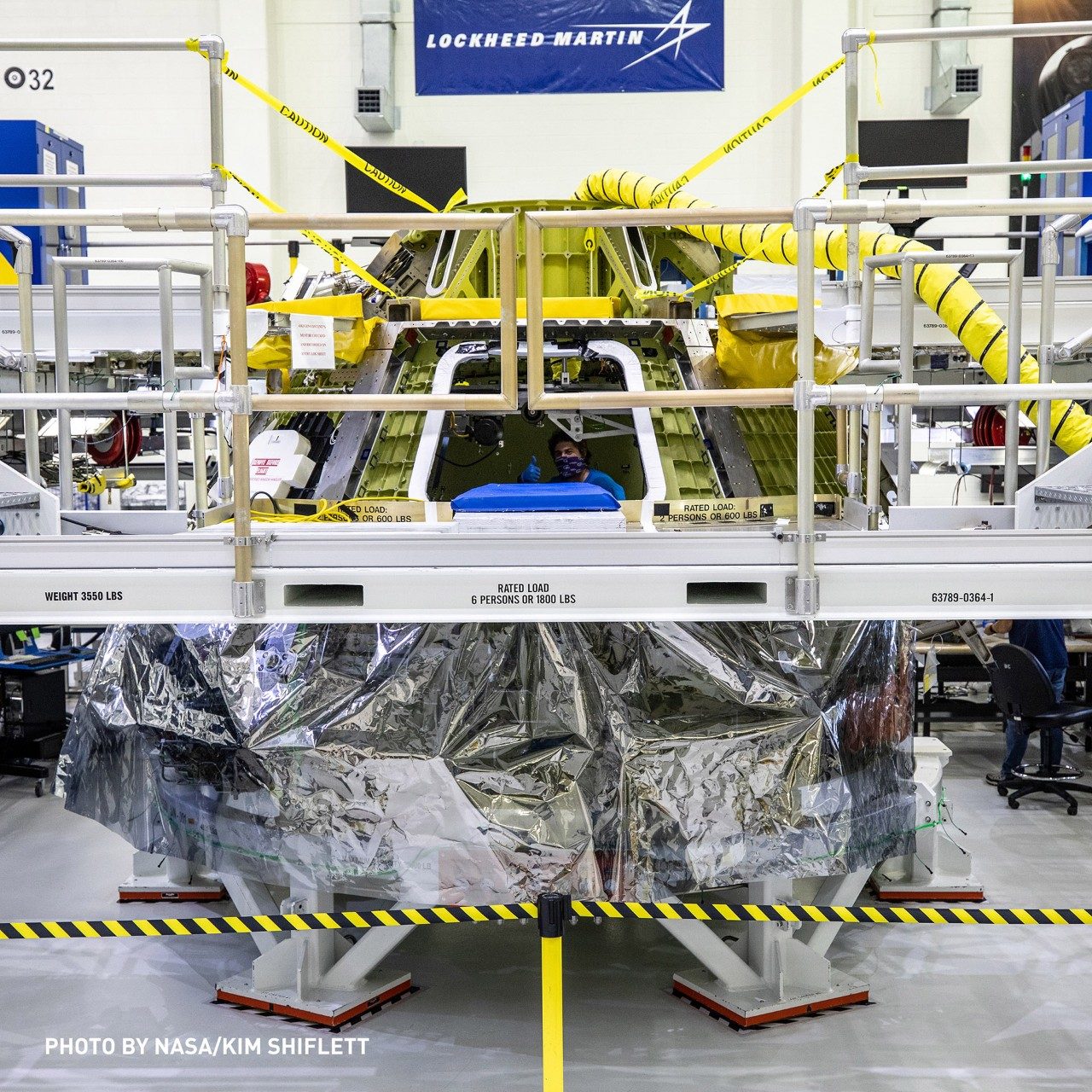
What challenges does each day bring?
It probably goes without saying, but nothing about Human Spaceflight is simple. Sure, we have an incredibly complex set of systems that must work right to get Orion off the ground successfully, but when I think about what it means to have people, our crew, in the cockpit for Artemis II, I am simultaneously honored and challenged. I have heard it said that integrating humans into a system, whether for manually piloting a spacecraft or enabling ground controllers to fly the mission from the Mission Control Center at the Johnson Space Center (JSC) in Houston, Texas, is the greatest challenge that engineers face, regardless of their background or discipline. Making sure that we have all the systems onboard, including the displays and controls for the Artemis II crew, working perfectly prior to our flight is a challenge for sure, but it is the challenge of the highest order that I personally am glad to be a part of.
What advice do you have for someone who may be interested in working in the field of human spaceflight?
One of the best pieces of advice I have ever received was, “Let everyone around you know what your goals are.” I am in human spaceflight today because others helped me along the way to this goal. So much of it is hard to count, but it started with me sharing my hopes and dreams with them. Of course, hard work is critical, my motto is “Never give up,” but in reality, hard work does not always equal achieving your dreams. Sometimes the best opportunities come from others seeing your goals and potential and then helping you by opening doors for you. You must work hard to be ready to walk through those doors and seize those opportunities when they present themselves. But remember you are not by yourself in your journey, you do not have to do it alone, let others know about your dreams and you’ll be pleasantly surprised with how much help you get.




